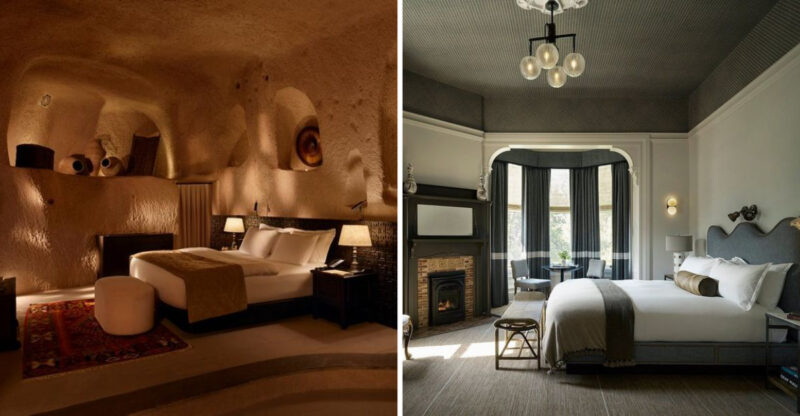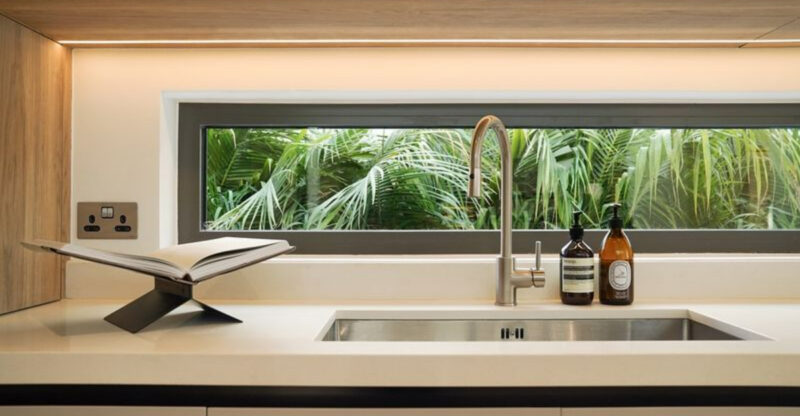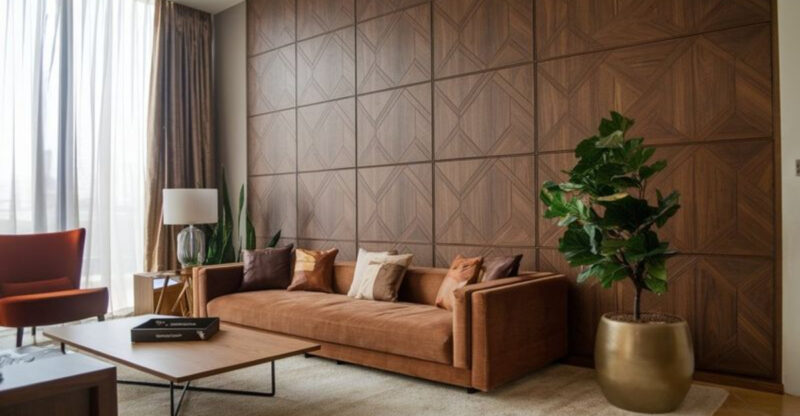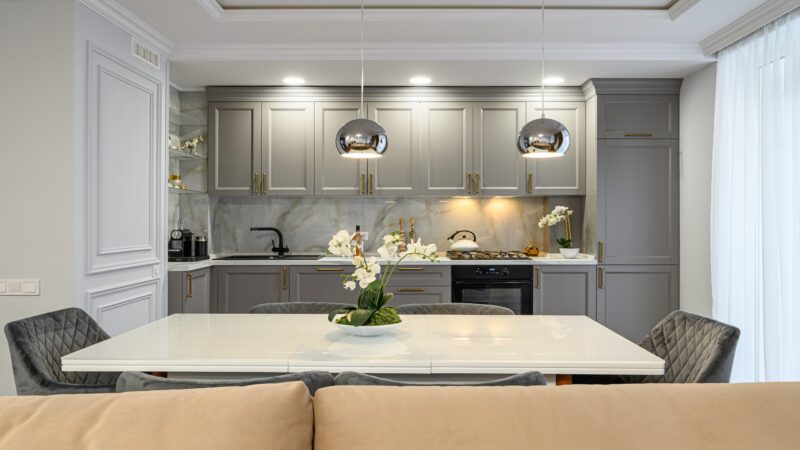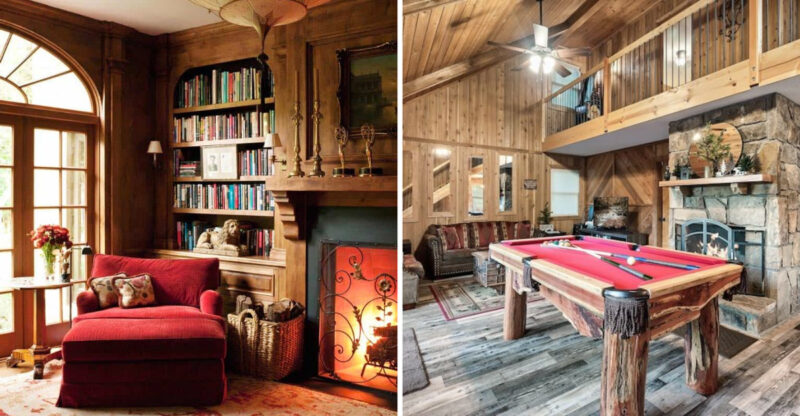6 Factors To Consider When Deciding Whether To Match Bathroom Wall And Floor Tiles
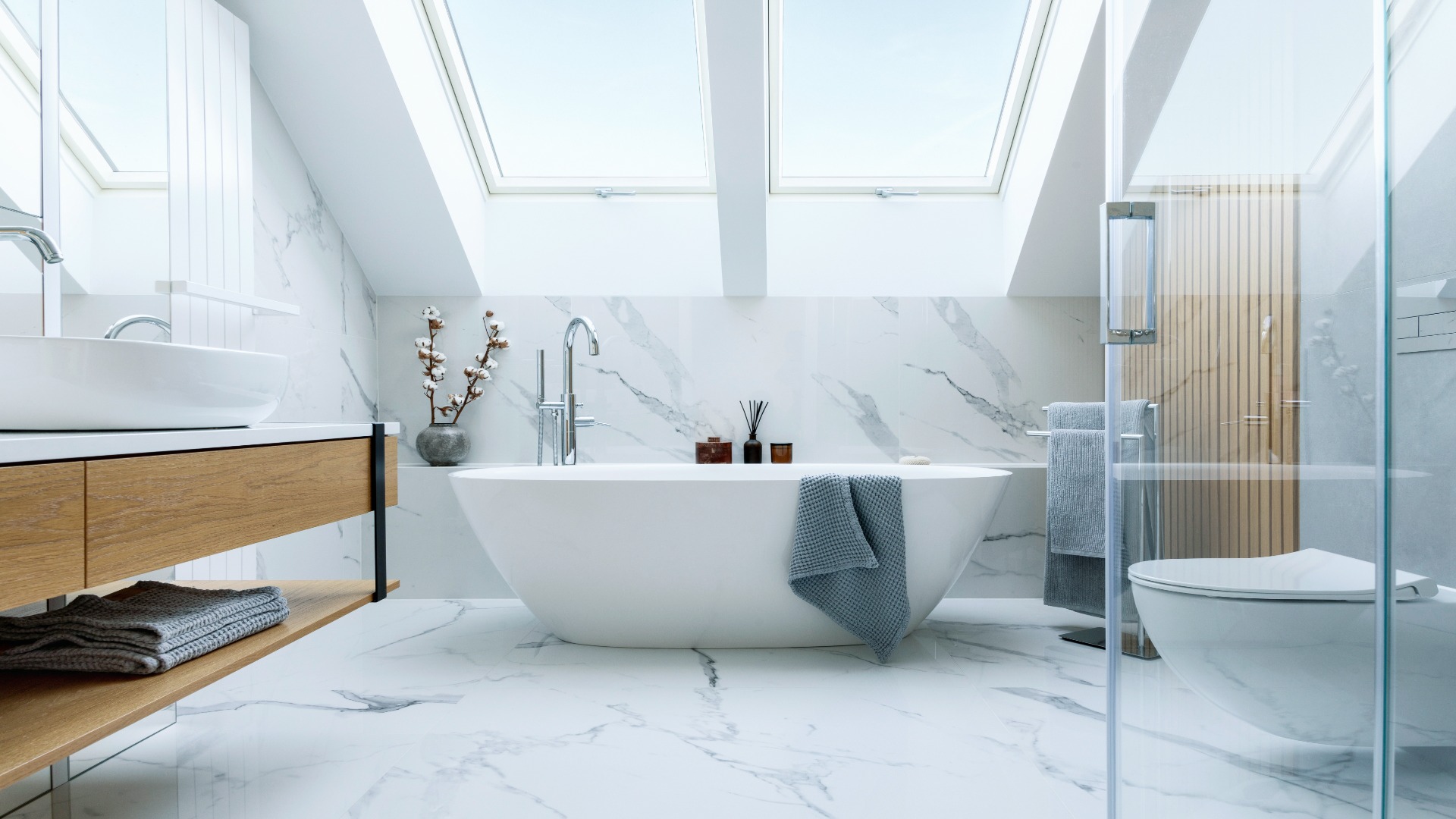
Choosing bathroom tiles seems simple until you face that big question: should the wall and floor tiles match? This decision impacts the entire feel of your bathroom, from making it look spacious to creating a unique style statement. Understanding a few key factors can help you make the right choice for your space.
The advice in this article is for general informational purposes only. Always consult with a professional designer or contractor for recommendations specific to your space, needs, and local building codes. The author is not liable for decisions made based on this content.
1. The Great Bathroom Tile Question
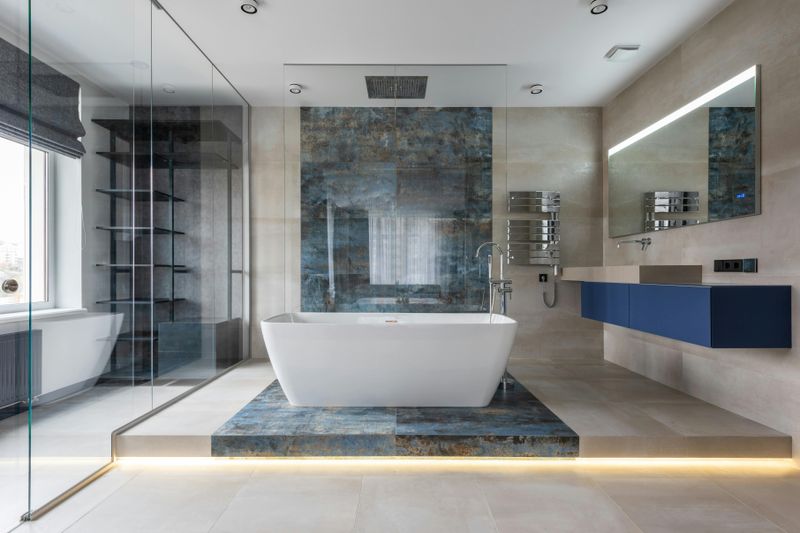
Room size significantly affects your tile matching decision. Smaller bathrooms often benefit from matching tiles, creating visual continuity that makes the space appear larger.
Larger bathrooms, however, can handle contrast without feeling cramped. The visual break between different tiles can add interest to spacious rooms that might otherwise feel empty or bland.
2. Embracing A Matched Aesthetic
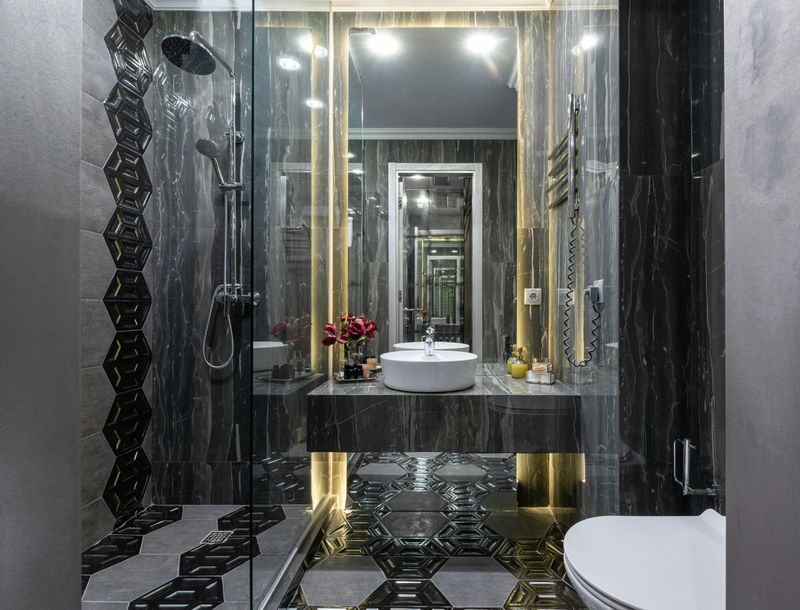
Matched tiles can create a seamless, spa-like atmosphere where walls flow into floors without visual interruption. This approach works beautifully with natural stone or neutral-colored porcelain.
This unified look can feel intentional and polished when applied thoughtfully. Varying tile sizes while keeping the same color and material adds subtle texture without breaking the cohesive design.
3. The Pitfalls Of Perfect Matching
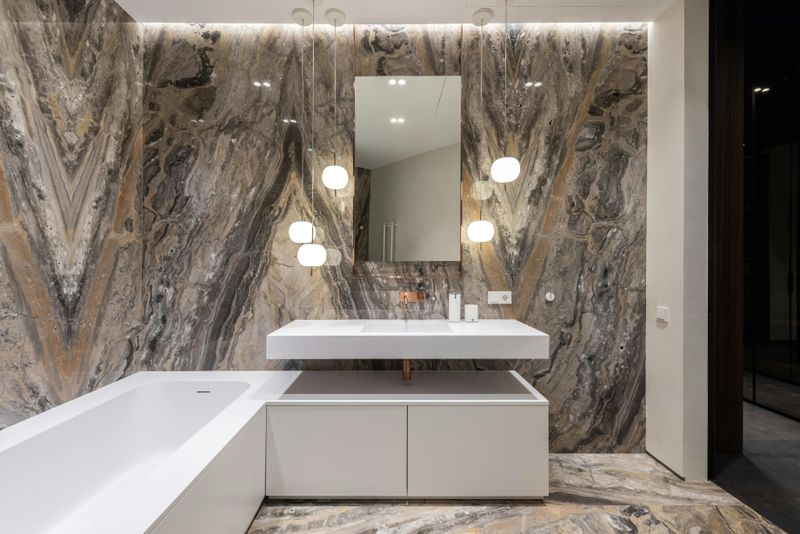
Too much sameness can create a flat, uninspiring bathroom that lacks visual interest. Without contrast, your eye has nowhere to rest, making the space feel oddly overwhelming despite its simplicity.
Matching can also presents practical challenges. Floor tiles need anti-slip properties that wall tiles don’t require, potentially forcing compromises in functionality for the sake of appearance.
4. The Art Of The Coordinated Mix
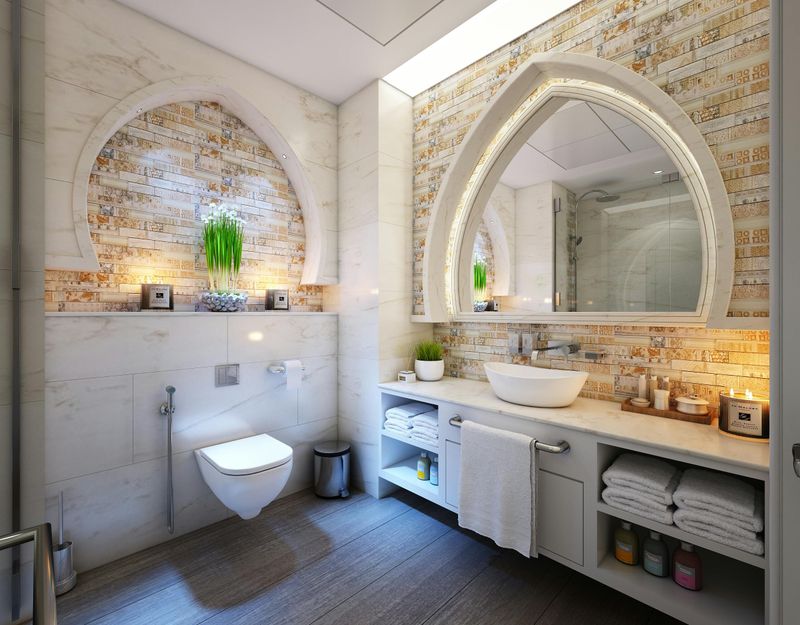
Coordinating rather than fully matching can create more visual interest. Try pairing floor tiles in a deeper shade with lighter wall tiles in the same color family for a grounded yet harmonious look.
Another approach uses different patterns in the same palette. A subtle floor pattern with solid walls can create balance, while textured wall tiles paired with smooth floor tiles may add dimension without feeling chaotic.
5. Curating Your Perfect Tile Combination
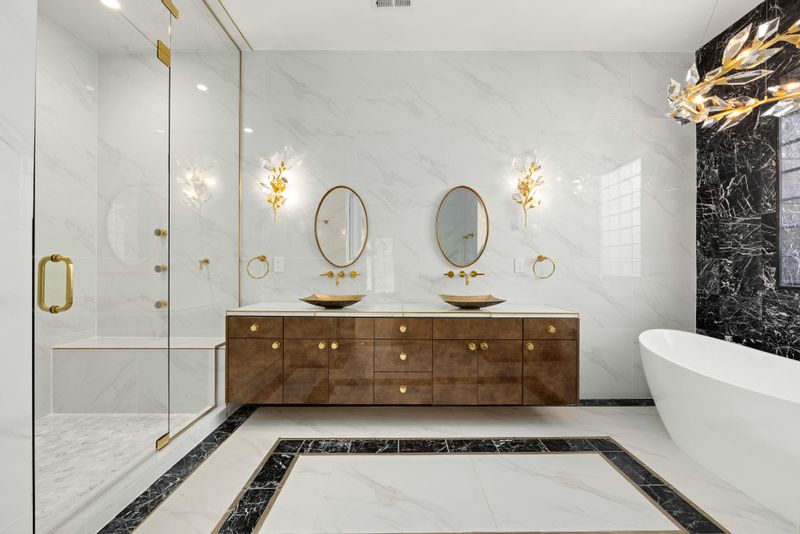
Consider your overall design vision first. Modern minimalist bathrooms often benefit from large-format matching tiles, while vintage-inspired spaces come alive with deliberate contrasts.
Maintenance matters too. Darker floor tiles hide dirt better than white ones, regardless of your wall choice. Grout lines between tiles can collect grime over time, so fewer lines may mean easier cleaning.
6. Finding Your Bathroom’s True Balance
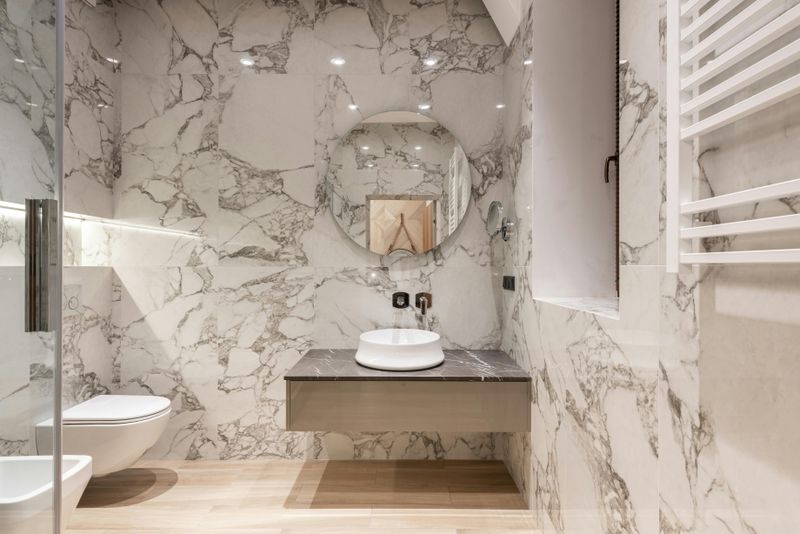
Budget considerations may also influence your matching decision. Using premium tiles as an accent while choosing more affordable options elsewhere creates strategic visual impact without breaking the bank.
Lighting plays a crucial role too. Matching tiles in a poorly lit bathroom can make the space feel smaller, while the right contrast may help brighten dark corners. Test samples in your actual bathroom before committing.

